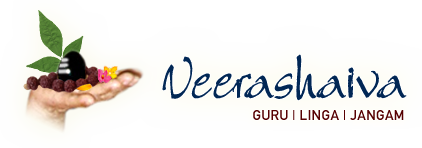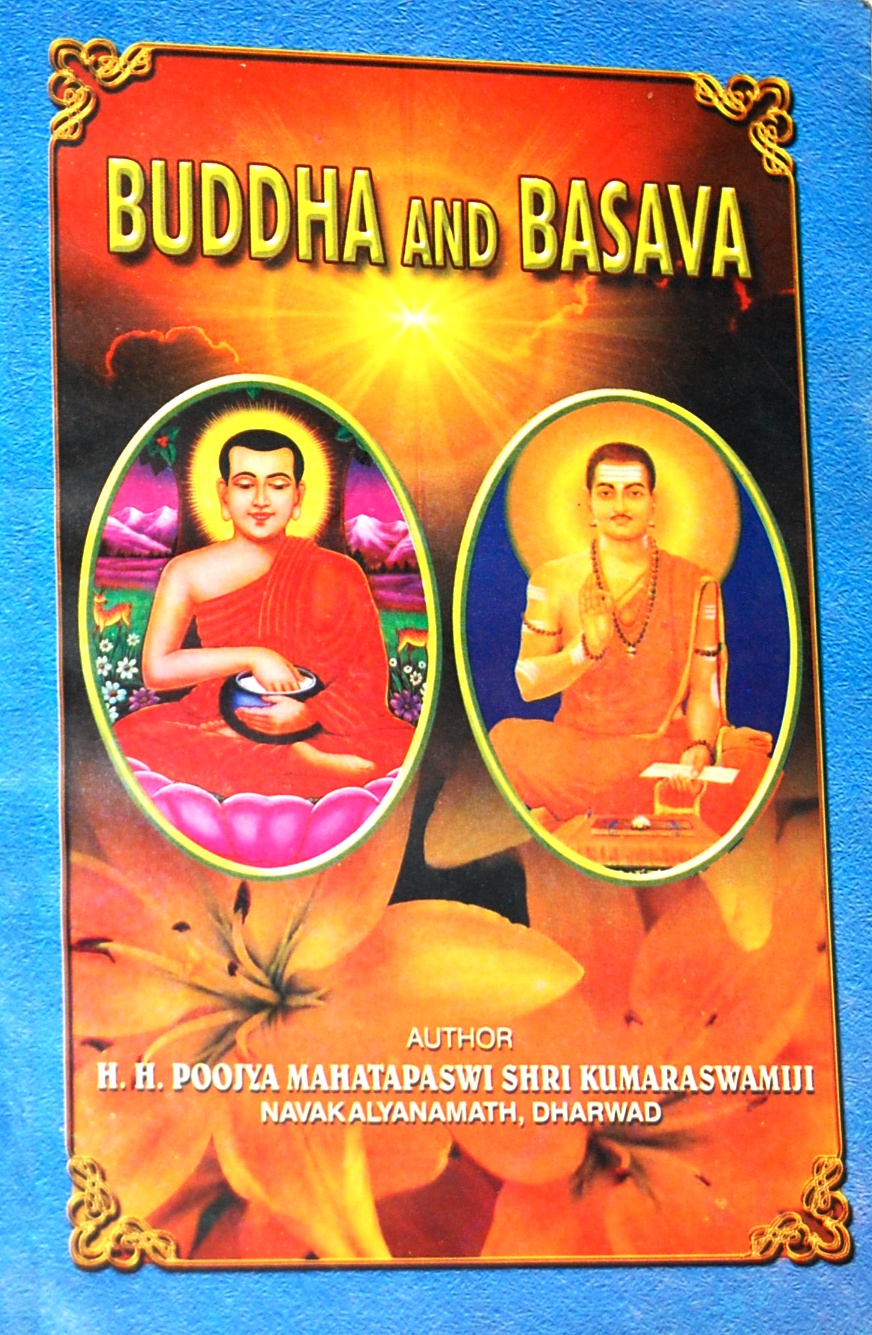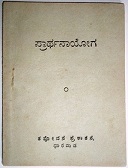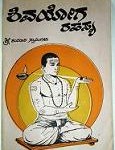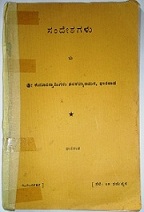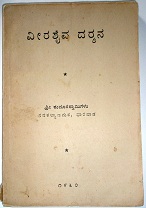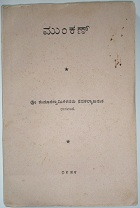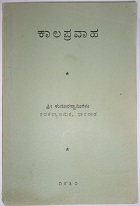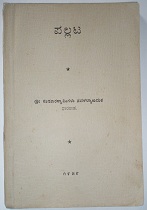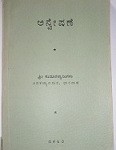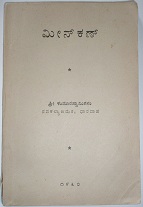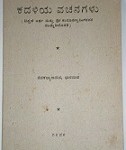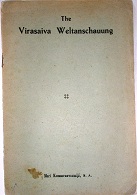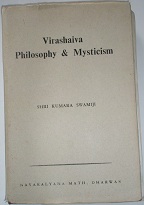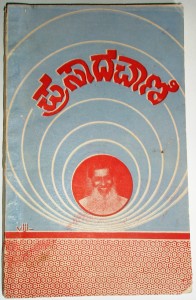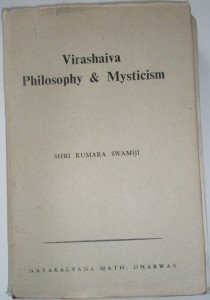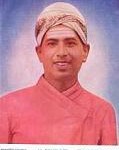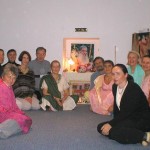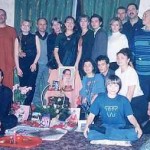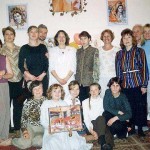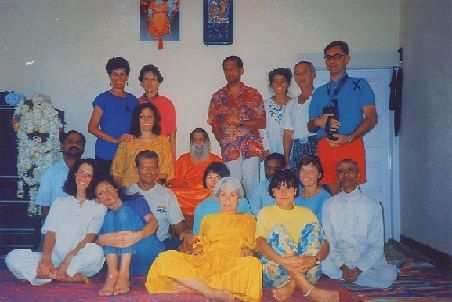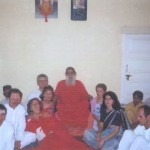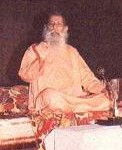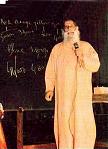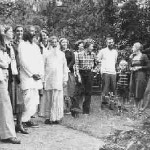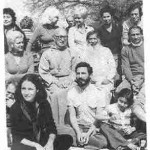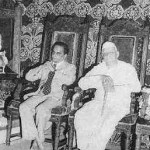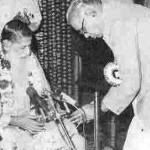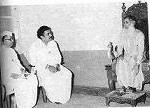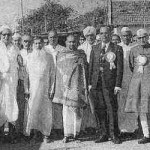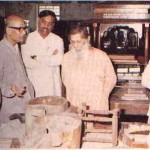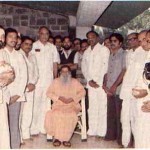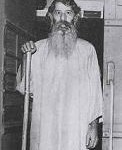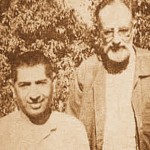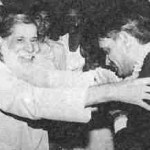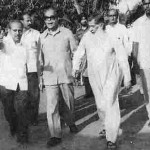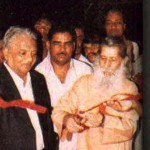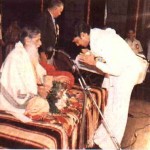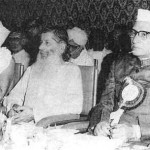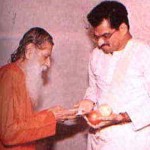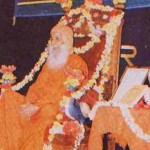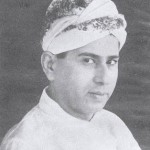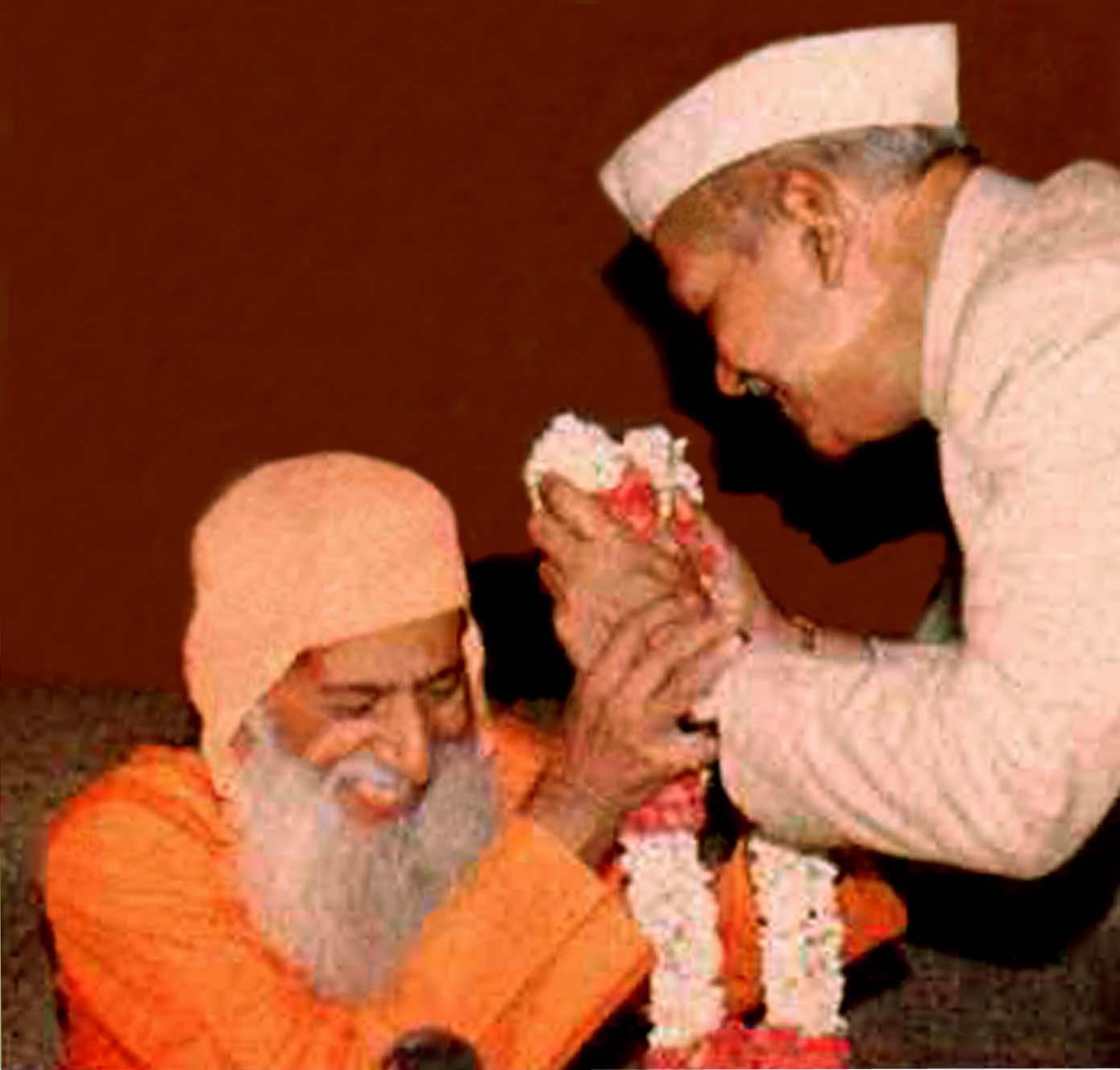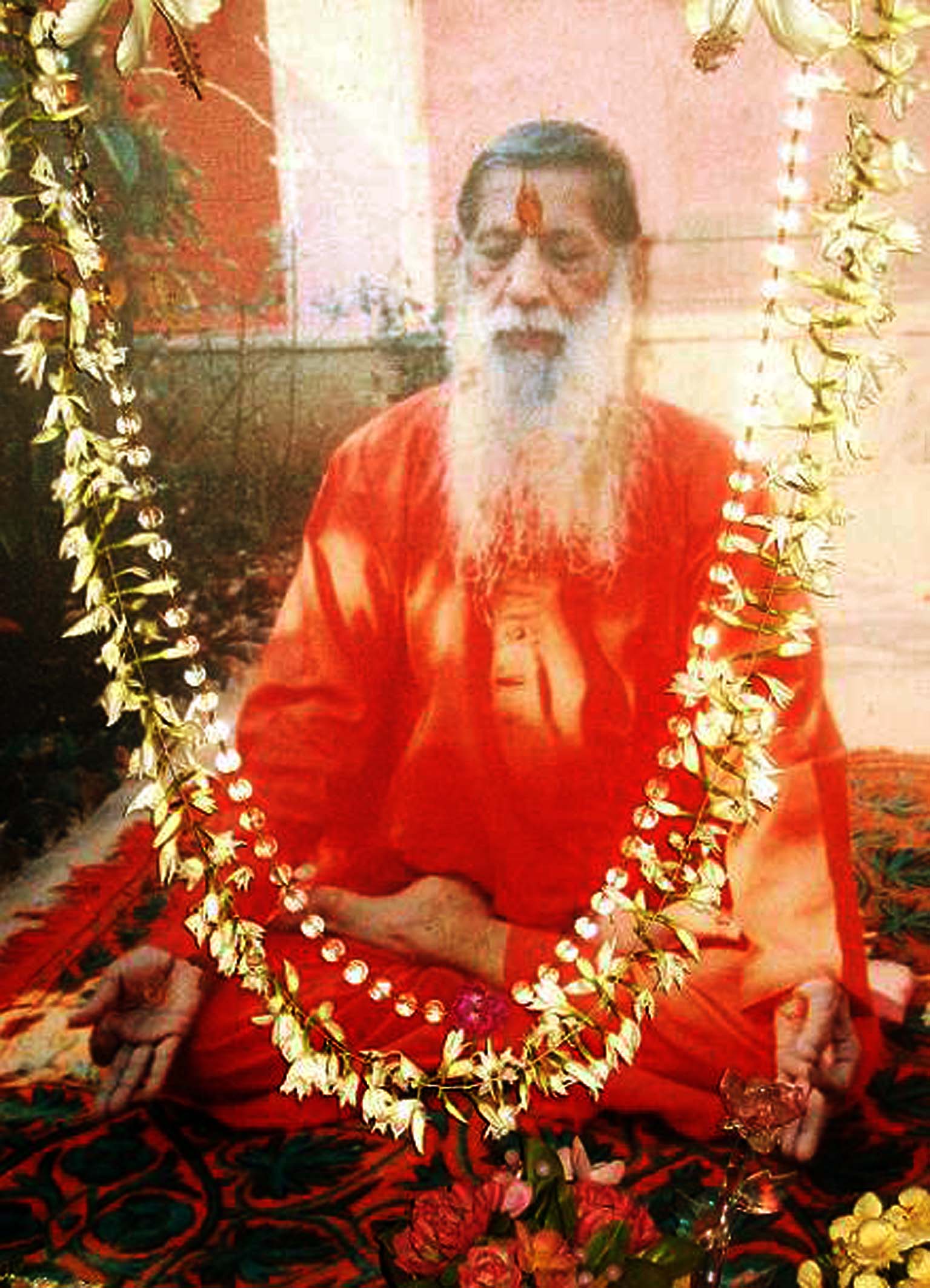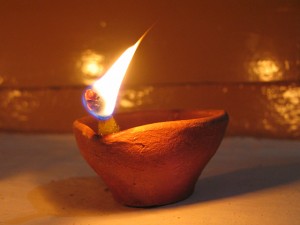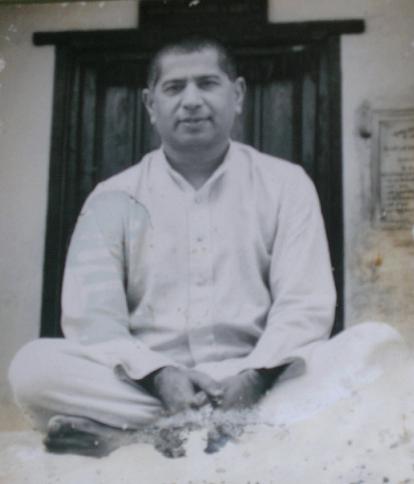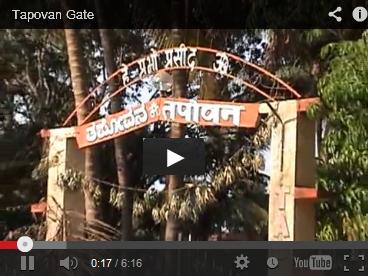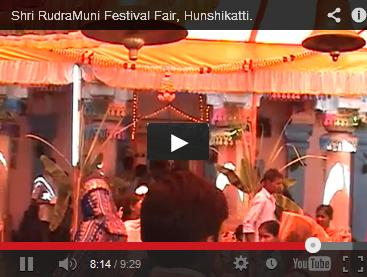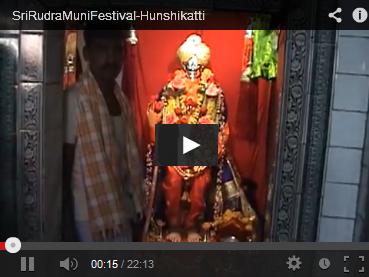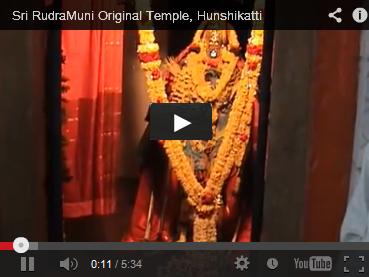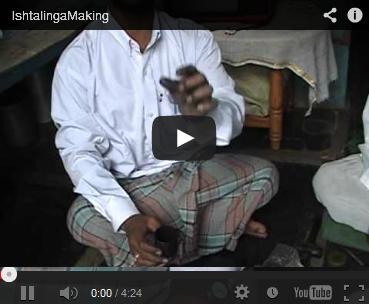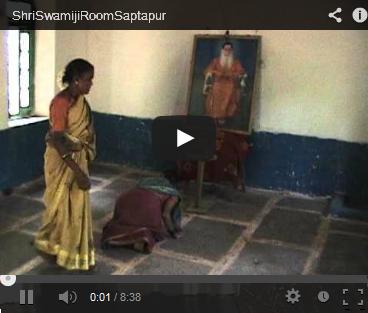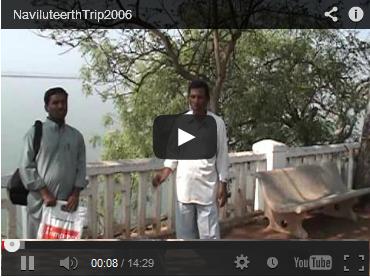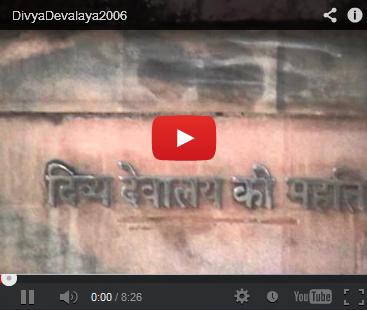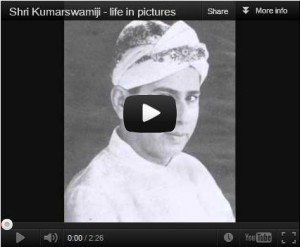The Veerashaiva religion, as professed and practised in Karnatak during the past several centuries forms a significant chapter in the history of Indian culture and finds its sublime significance and importance in the Vachanashastra. No doubt it has absorbed several elements from the Trika, the Shaiva Siddhanta and other Indian schools of thought, but the assimilation of all these elements into an entity that is Veerashaivism is in itself an original achievement. The Astavaranas, the Satsthala, the wearing and worshipping of Linga, the various Veerashaiva rites – all those mark Veerashaivism as an independent religion.
The Veerashaiva religion considers the Vachanashastra as a Scripture. During the 12th century, Karnatak witnessed a renaissance in Veerashaiva religion and literature. The leading figures of this renaissance were Basava and Allamaprabhu. Many a Sharana flocked under the banner of Basava. Almost every saint has sung his saying on various topics in various strains. The collection of these sayings is known as Vachanashastra, which is considered to be the Scripture of Veerashaivism.
The Sharanas or the Vachanakaras were free thinkers. Though they had respect for the authority, they did not hesitate to differ from the Agamas whenever circumstances demanded it. In some Agamas, it appears as though some importance is attached to caste. In the seventh chapter of the Suxmagamas, which are in order of their castes, and in the third chapter of the same Agama it is stated that the Shadaksharamantra should not be imparted to women and Sudras. But in the Vachanas, we find a definite departure in these matters from the stand taken by the Agamas. The Vachanakaras have maintained that all persons irrespective of caste, creed, color, rank, position, and sex become equal the moment they get initiated. No distinctions of any kind do they countenance among the Lingayats. Another important difference is found between the Vachanakaras and Agamakaras in the matter of emphasis laid on one’s duty in a spirit of worship. The Vachanakaras vax eloquently on the saying that work is worship, that Kayaka is Kailas. A respectful yet unique and unparalleled place is given to labour (kayak) in the vachanas, while the Agamas are content by merely referring to it.
The Veerashaiva religion, as professed and practised in Karnatak during the past several centuries forms a significant chapter in the history of Indian culture and finds its sublime significance and importance in the Vachanashastra. No doubt it has absorbed several elements from the Trika, the Shaiva Siddhanta and other Indian schools of thought, but the assimilation of all these elements into an entity that is Veerashaivism is in itself an original achievement. The Astavaranas, the Satsthala, the wearing and worshipping of Linga, the various Veerashaiva rites – all those mark Veerashaivism as an independent religion. Its puritan fervour is duly marked in such a way that it is essentially democratic in spirit. Caste and sex differentiations are obliterated and social and religious rights are afforded equally to all the members. Mysticism is brought within the purview of everyday life; realization is interpreted as a process and the fact of union with God to be achieved here and now. Religion is explained as a being and becoming and religious life is not to be divorced from the commitments to family and society. In fact, the secular life and the spiritual endeavour are harmonized into the pilgrim’s progress towards realization. Democratic in spirit, puritanical in fervour, with service as its watchword and Satsthala as its signpost, Veerashaivism blends together man’s spiritual and social ideas and teaches him the art of the righteous living. Since all these elements are fully mirrored in the Vachanas the scholars are delighted to admit the Vachanashastra as the basic literary form not only of the Veerashaiva religion but also of the Kannada language. More importantly, Vachanashastra is considered as the Scripture of the Veerashaiva faith.
– OM SHANTI | OM SHANTI | OM SHANTIHI –
This article ‘Vachanas’ is taken from H.H.Mahatapsvi Shri Kumarswamiji’s book, ‘Prophets of Veerashaivism’.
